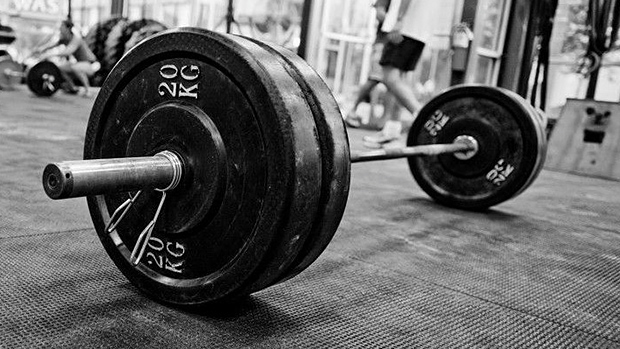The science of "time off" from the gym is fuzzy at best. Powerlifters, weightlifters, and athletes who rely on muscular performance in general know that it's a good idea to take at least a couple of days off before a competition, but they often worry about whether their calculations are off. Anything more than two or three days and the Wicked Witch of the North, "I'm shrinking" delusion sets in.
What's needed is a study to determine the optimum amount of time to take off from training; the precise amount of time lifters should take so that they enter a competition stronger instead of weaker.
Well, now we have such a study. Let's put your chalky hands together and create a big dust cloud of applause for scientist Hayden Pritchard of New Zealand who put together a study to figure it out.
What He Did
Pritchard rounded up 8 experienced lifters and had each of them complete two 4-week training sessions, followed by either 3.5 days of "training cessation" or 5.5 days of training cessation. The lifters were tested pre-training, on the final day of training, and after each respective period of training cessation.
Pritchard recorded how much power each lifter could generate on static bench press and static deadlift machines. In other words, the testing was done on machines that couldn't move but measured force, regardless. Pritchard also tested the athletes' performance on countermovement jumps (where the jumper bends down quickly using the knees and hips and then uses the stretch-shortening cycle to jump explosively off the ground).
What He Found
The results of resting 3.5 days and 5.5 days were pretty much identical in that both led to decent increases in strength and countermovement jumps. This is how Pritchard summarized his findings:
"It's clear that short term training cessation could be used by strength and conditioning practitioners as an effective means of tapering to enhance expression of maximal strength. It's suggested that athletes take a minimum of two days, but no more than a week, off from training prior to an important event where maximal strength expression may be beneficial, with around 4 days appearing to be optimal."
Unfortunately, but understandably, he then muddled up the water a bit again by suggesting that harder training periods may need longer periods of training cessation. He did add this useful thought, though:
"The findings also show that strength and conditioning coaches can design programs for their athletes where they may take short periods of time away from resistance training and be confident that athletes will maintain their previous levels of strength. Such a strategy could be applied as a planned recovery period in a training cycle, or when an athlete may have limited access to adequate training facilities."
What This Means to You
Clearly, you ain't going to waste away if you take a few days off between hard training and some event where you're going to have to maximally man up.
The info might also offer some piece of mind to the delusional, non-competitive lifters among us, those who are sometimes forced to take an unscheduled day off and just know they're shrinking by the hour, that their strength is petering out percentage point by percentage point, as if their musculature were identical to Iron Man's suit and its steadily draining battery.
It ain't happening. Relax.
Source
- Pritchard, Hayden J.; Barnes, Matthew J.; Stewart, Robin J.C.; Keogh, Justin W.L.; McGuigan, Michael R. "Short-Term Training Cessation as a Method of Tapering to Improve Maximal Strength," The Journal of Strength & Conditioning Research: February 2018, Volume 32 - Issue 2, pp. 458–465.





